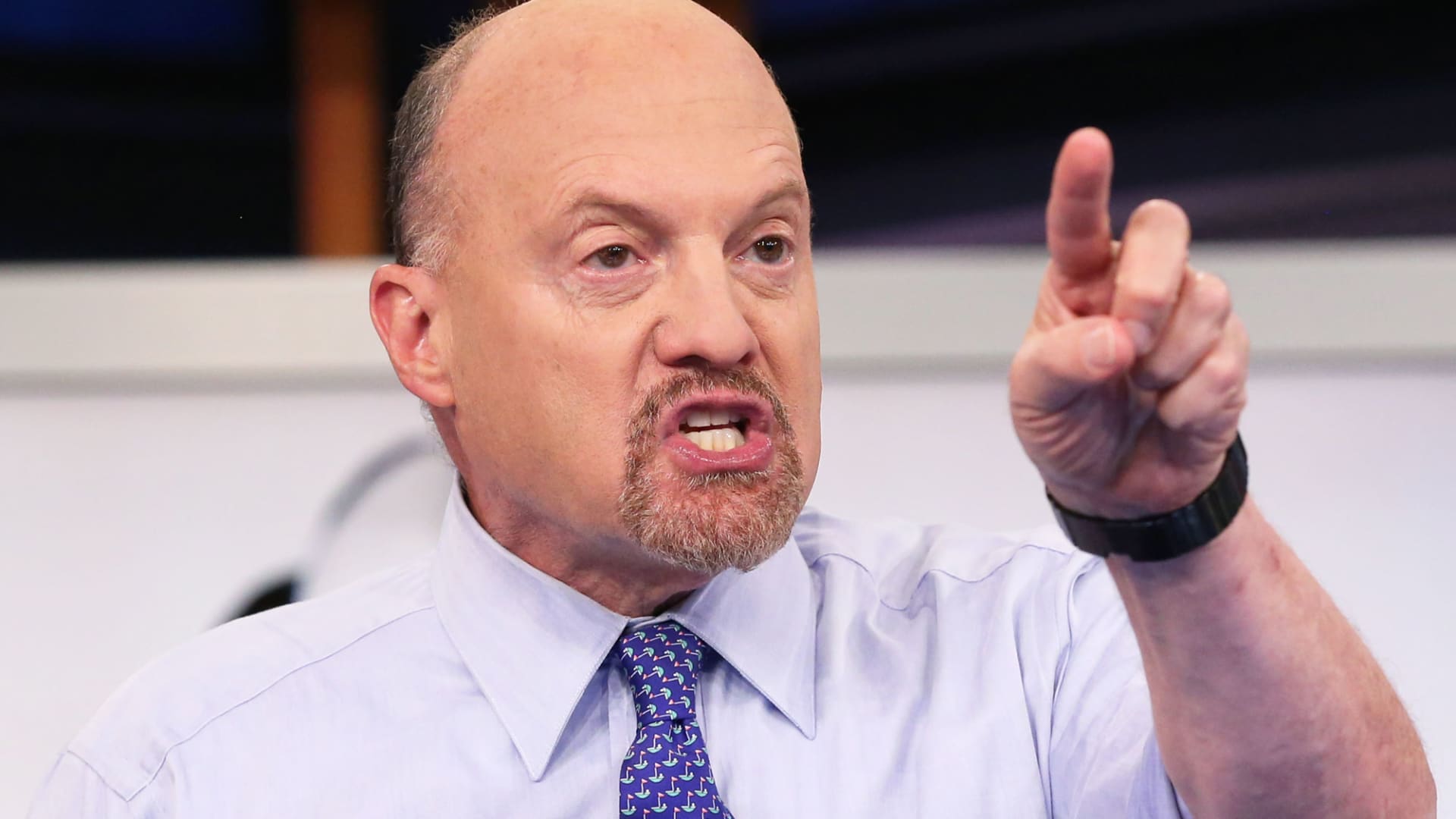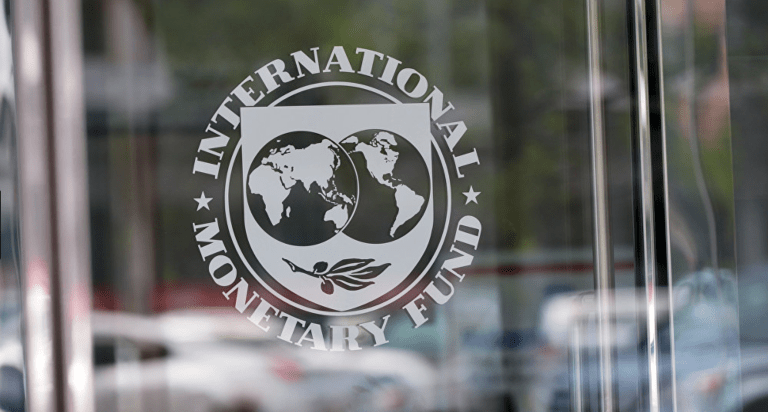US Consumer Inflation Cools to Lowest Since 2021

US consumer inflation cooled slightly in April, according to recent figures, offering a better-than-expected outcome amidst President Donald Trump's tariff implementations. The data, released by the Labor Department, encompasses the period when Trump introduced new levies against various countries, particularly China, causing financial market unease and concerns about potential price spikes. Subsequently, some of these duties were reversed or paused, which helped stabilize investor confidence.
The Consumer Price Index (CPI) eased to 2.3 percent year-on-year in April, slightly below the 2.4 percent recorded in March. This marked the smallest 12-month increase since February 2021 and was marginally lower than economists' median estimates from surveys conducted by Dow Jones Newswires and The Wall Street Journal. Chris Zaccarelli, chief investment officer at Northlight Asset Management, noted that these figures alleviate market fears of a tariff-induced recession and persistent inflation.
Earlier in April, concerns about slowing growth and a recession triggered by punitive tariffs had negatively impacted markets. However, a tariff pause and progress in Chinese trade talks, combined with the favorable inflation report, have since bolstered market sentiment.
Month-over-month, inflation increased by 0.2 percent, with over half of this rise attributed to a 0.3 percent increase in shelter costs, as reported by the Labor Department. Excluding volatile food and energy costs, inflation also rose by 0.2 percent from the previous month and by 2.8 percent over the past year. The monthly figure was slightly below expectations, while the annual figure aligned with forecasts.
Despite the generally positive news, the data hinted at the impact of tariffs. The index for household furnishings and operations saw a 1.0 percent increase in April, contrasting with no change in March. Deutsche Bank economists had previously indicated that this category could reflect the effects of tariffs on import-heavy goods. However, they cautioned that it was still too early to discern clear tariff impacts in aggregate numbers.
The energy index, which had previously fallen sharply in March, rebounded with a 0.7 percent increase in April, driven by higher natural gas and electricity prices. Conversely, the gasoline index decreased by 0.1 percent over the month on a seasonally-adjusted basis and by 11.8 percent over the past 12 months.










